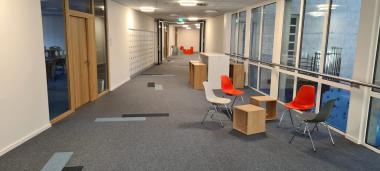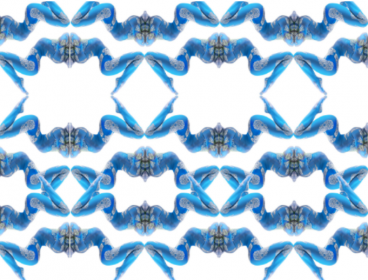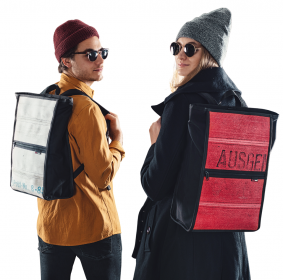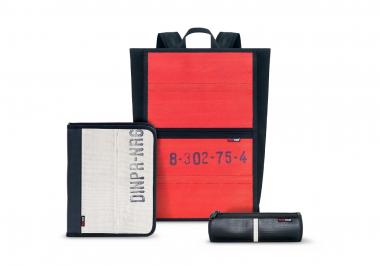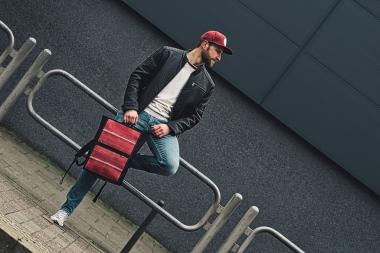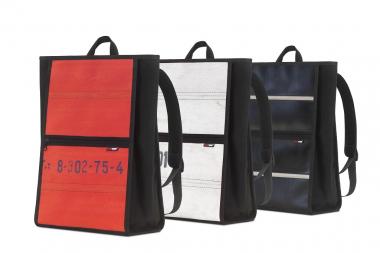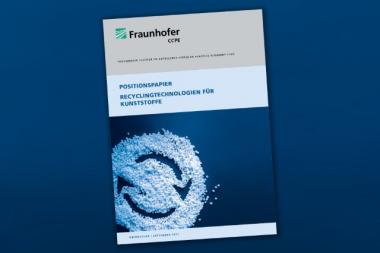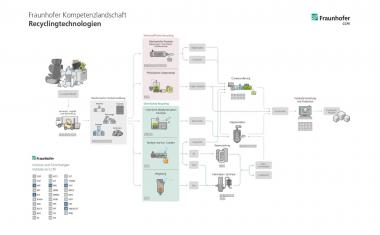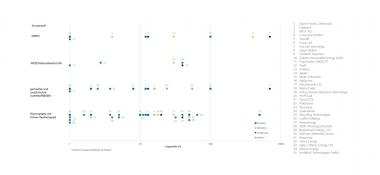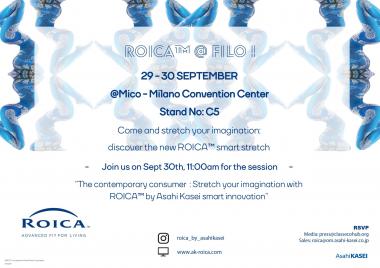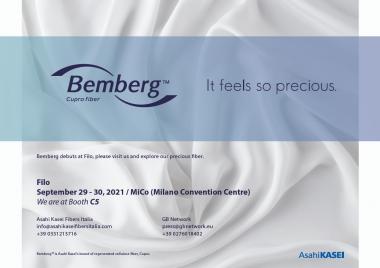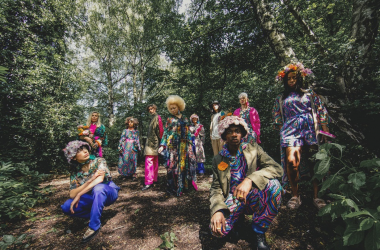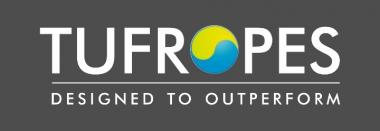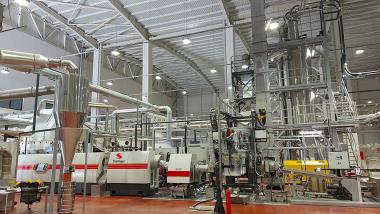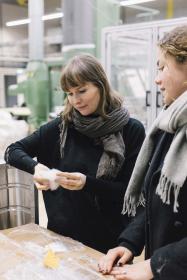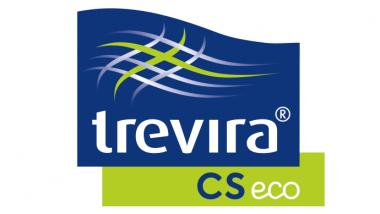Findeisen: Gesündere Gebäude mit Nadelvlies
Nadelvlies als Bodenbelag hat Vorteile. Mit der Listung der Produkte von FINDEISEN im Sentinel Portal, der Suchmaschine für gesundes Bauen und Wohnen, stehen auch bei der Gesundheit die Ampeln auf Grün.
Das größte Onlineportal für gesundes Bauen, Sanieren und Renovieren zeigt zum Beispiel auch besonders emissionsarme Verlegematerialien und alle anderen für das gesunde Bauen notwendigen Produkte, sowie Experten und Referenzobjekte.
„Bodenbeläge sind wegen ihrer großen Fläche im Raum überproportional wichtig für unsere Gesundheit. Gleichzeitig sind Bodenaufbauten häufig verantwortlich für anhaltende Gerüche und gesundheitliche Probleme“, sagt Peter Bachmann, Geschäftsführer des Sentinel Haus Instituts (SHI). Mit Nadelvlies von FINDEISEN und einem abgestimmten Verlegesystem passiere das nicht, so Bachmann.
Das Sentinel Haus Institut hat die Produkte des Weltmarktführers für Nadelvlies nach strengen Kriterien geprüft. Beläge der Dachmarke FINETT sind emissionsarm und unter anderem mit dem Blauen Engel, TÜV PROFI Cert und Green Label Plus (LEED) ausgezeichnet. Damit sind sie für Bau, Sanierung und Renovierung gesünderer Gebäude besonders geeignet.
„Ungeprüfte Bauprodukte und Raumausstattungen bergen das Risiko gesundheitlicher Beeinträchtigungen wie Kopfschmerzen, Allergien, gereizten Schleimhäuten, chronischen Erkrankungen und anhaltender Geruchsbelastungen“, betont Bachmann. Öffentliche und gewerbliche Investoren legen immer größeren Wert auf eine gute und gesunde Raumluft im Gebäude, da ist der Bodenbelag als eines der letzten Gewerke mitentscheidend.
Nicht nur in stark frequentierten Gebäuden wie Büros, Schulen, Hotels und öffentlichen Gebäuden verbessert Nadelvlies zudem die Raumakustik. Der textile Bodenbelag verringert durch seine schallabsorbierende Wirkung die Nachhallzeiten und reduziert auch den Trittschall entscheidend. Gleichzeitig hält der Belag aus hochwertigem und strapazierfähigem Polyamid Staub fest bis zum nächsten Saugen. Bei regelmäßiger Reinigung mit einem geeigneten Staubsauger profitieren Hausstauballergiker von diesen Eigenschaften, bestätigt von Deutschen Asthma- und Allergiker Bund DAAB.
Bei allen Teppichböden von FINDEISEN besteht die Rückenschicht zu 100 Prozent aus Recyclingfasern. Ein weiteres Plus in Sachen Nachhaltigkeit bietet die Kollektion FINETT DIMENSION: Die Polyamidfasern der Nutzschicht bestehen überwiegend aus Rizinusöl. Der nachwachsende Rohstoff macht den Belag, den es als Fliesen, Planken und Bahnenware gibt, besonders dimensionsstabil: Er verändert bei Schwankungen der Temperatur und Luftfeuchtigkeit kaum seine Maße. FINETT DIMENSION kommt deshalb ohne bedenkliche Schwerbeschichtung aus und kann wiederaufnehmbar verlegt werden. Das macht sowohl die Verlegung wie auch den Austausch einzelner Elemente oder ganzer Flächen besonders einfach. Die Ressourceneinsparung gegenüber herkömmlichen Teppichfliesen liegt bei rund 70 Prozent. Ebenfalls 70 Prozent geringer ist der notwendige Klebstoffeinsatz. Da die verwendete Haftfixierung beim Entfernen des Belages am Boden verbleibt, ist zudem das Recycling deutlich einfacher.
Sentinel Haus Institut GmbH


